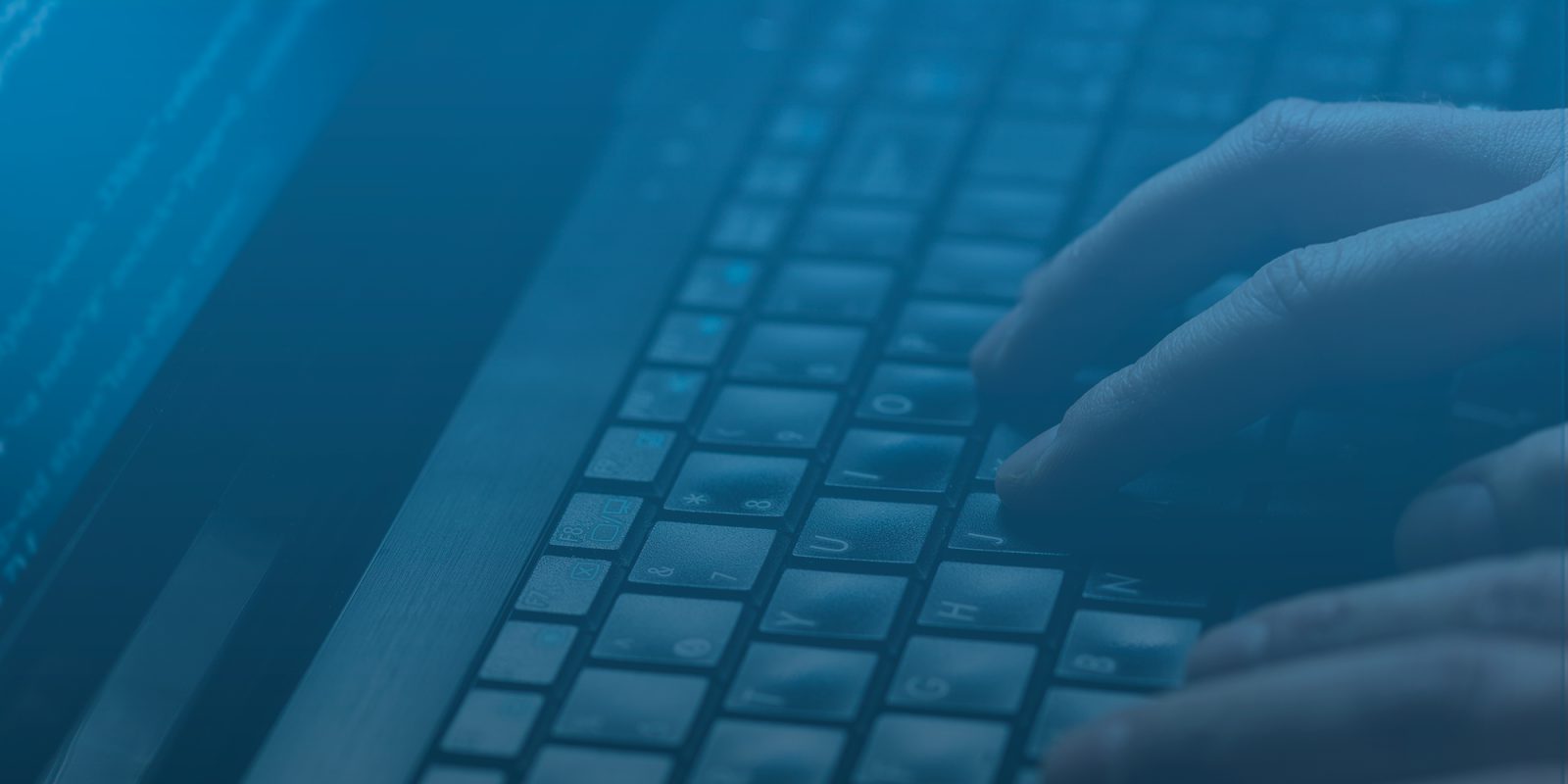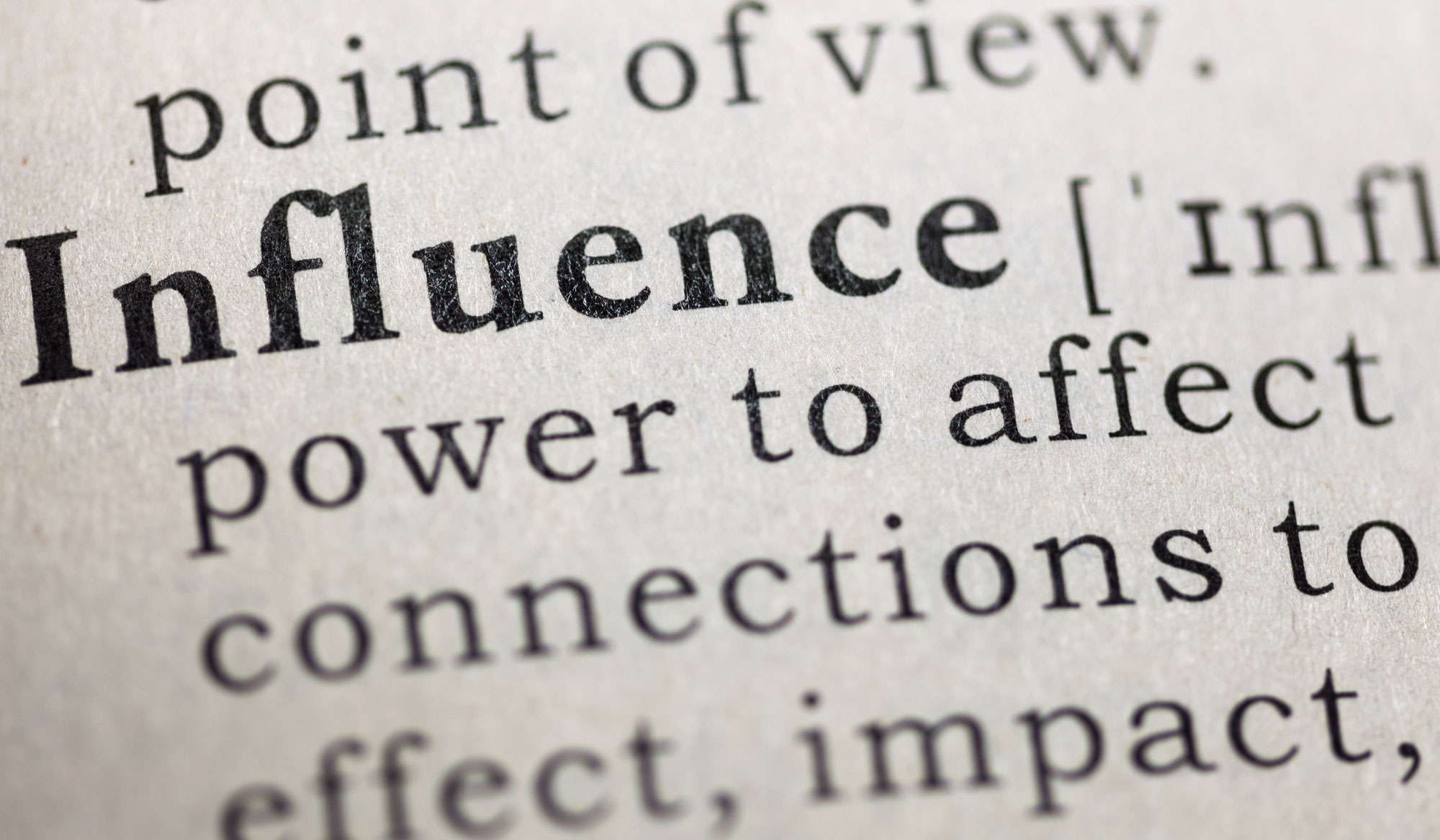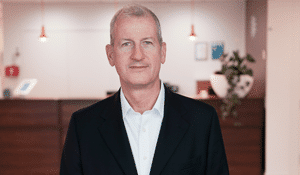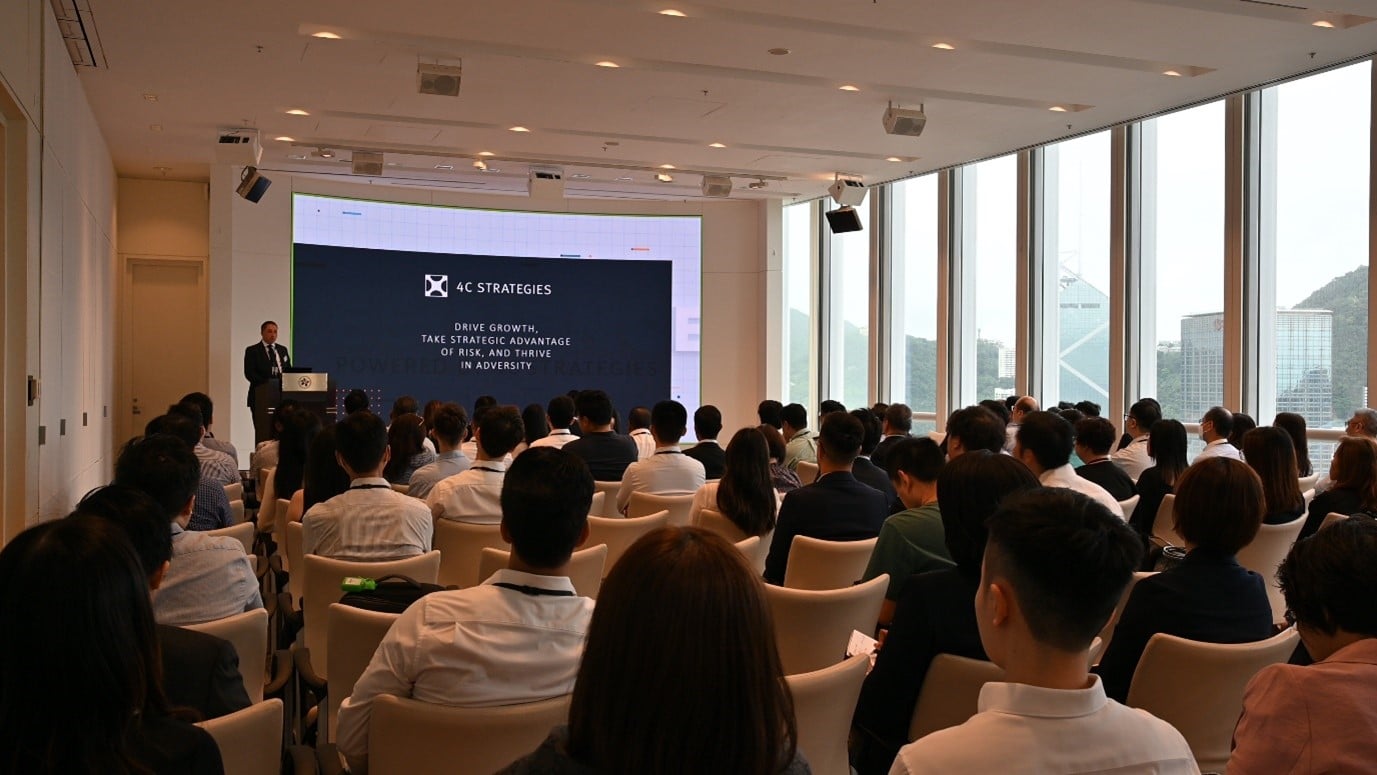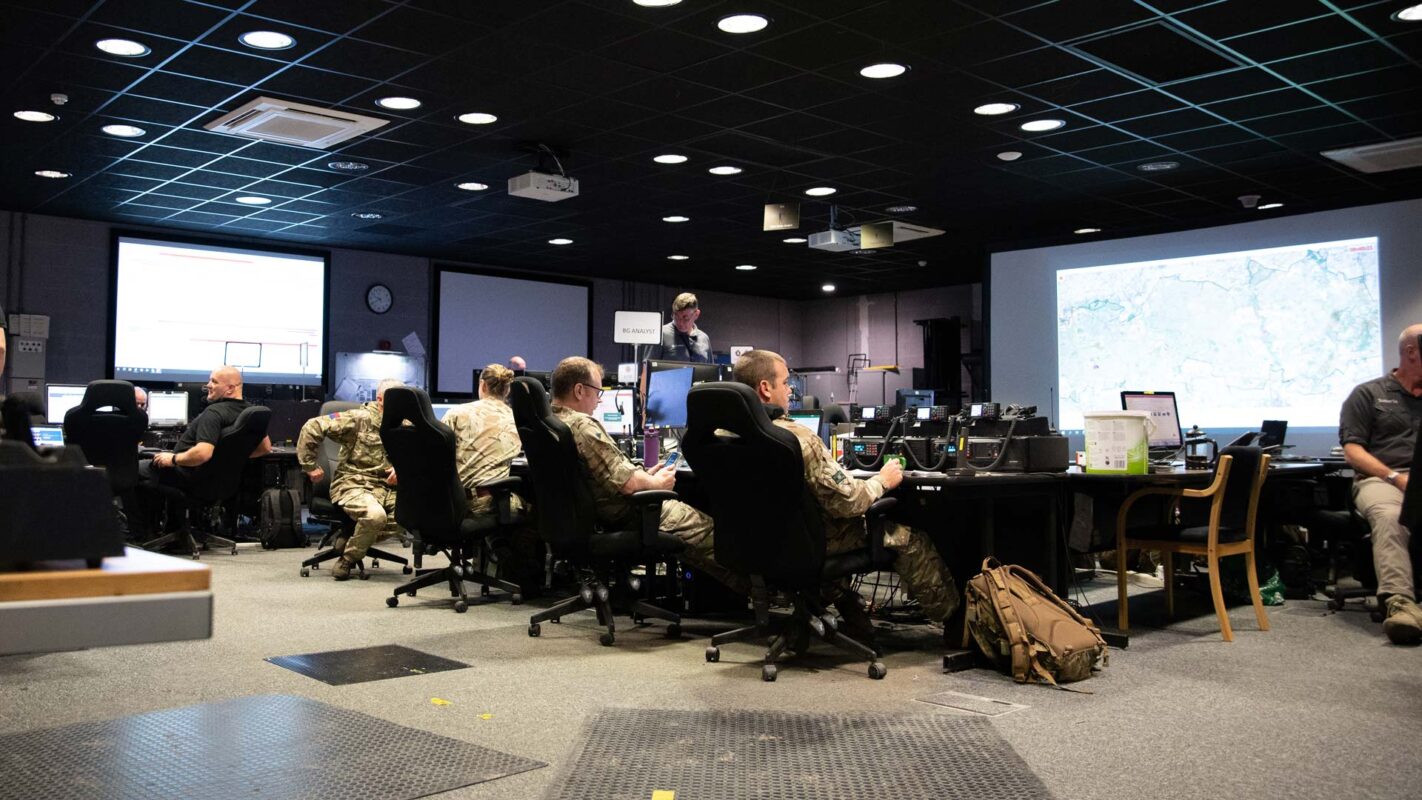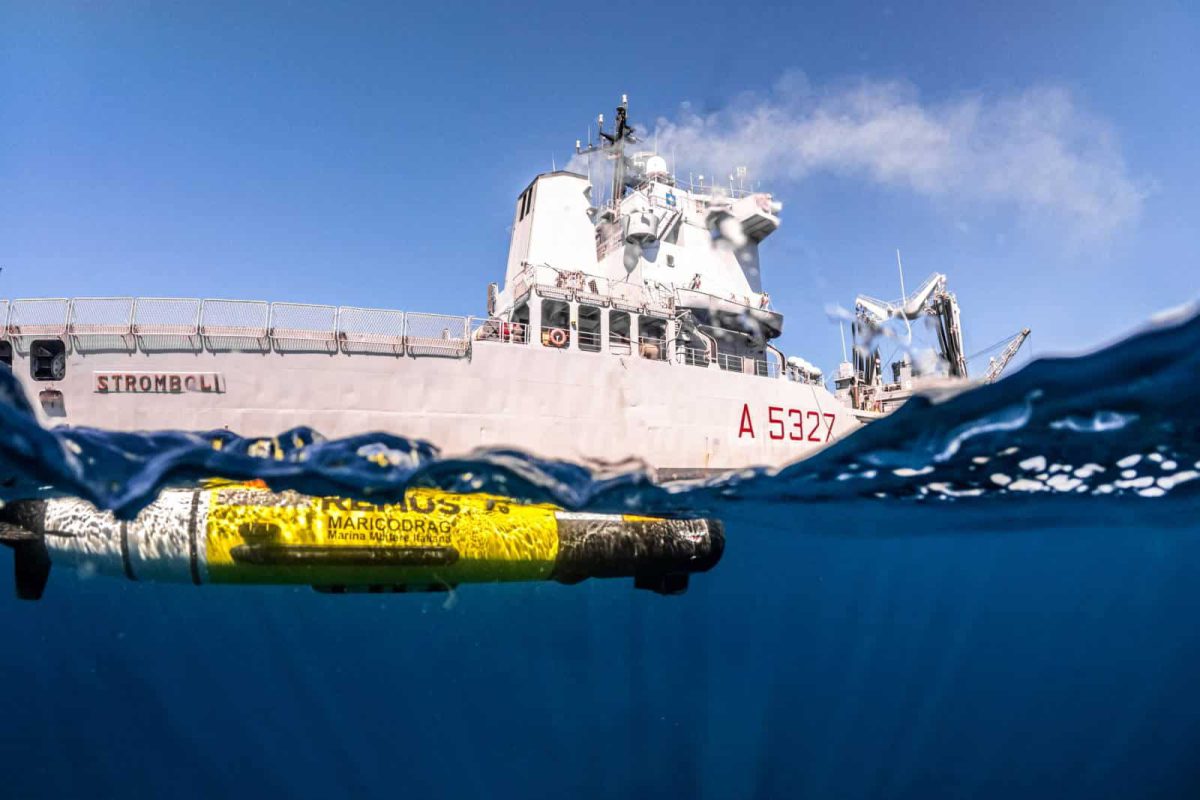Information influence, disinformation, fake news, it has many names and forms. Modern technologies and social media platforms have made it easier than ever for antagonists to drive disinformation campaigns aimed at destabilizing a country, company, municipality, industry, or all of the above.
We spoke to Maria Pålsson, Senior Consultant at 4C Strategies, with over 20 years of experience in strategic communication and incident and crisis management, about the work she is doing at 4C Strategies to help governments and businesses stay on top of the ever-growing spread of false information. When she’s not helping organizations implement crisis communication as an integral part of their operations, she applies her expertise to inter-agency cooperation and coordination in crisis management.
Maria, why is information influence such a problem?
Information influence activities are nothing new. It’s always existed, it’s just the ways of distributing information that has changed thanks to advances in technology. Ways that have empowered antagonists. We are all open to disinformation now, and it’s become much harder to judge what’s fake and what’s not. It can be posts, groups, or news stories on a social network that are sowing confusion and trying to influence public opinion, alternatively it can be a news channel that is being manipulated or indeed a channel purposely driving polarization. With the tools to produce and share information, readily available to virtually everybody, fact checking is becoming ever harder, as bots and fake experts from fake institutes feed the spread of false information, 24/7. Right now, for example, the world is awash with information on the Coronavirus and we know that different actors are using this to sow confusion among people and countries.
For many organizations, countering information influence simply wasn’t on their radar until the 2016 elections in the United States. It became even more apparent when the scandal broke about how tech companies were being exploited by companies like Cambridge Analytica. Prior to this you could have been forgiven for thinking that information warfare was just another conspiracy theory. But now we all know it’s not, which is why countering misinformation has to be part of an integrated risk management strategy for many organizations today.
How is 4C Strategies helping organizations and businesses counter information influence?
We’ve been working closely with organizations including NATO and most recently the Swedish Civil Contingencies Agency – a leading authority on countering information influence activities – to educate and support organizations across the world in best practices. This can be anything from helping them to implement processes for monitoring and identifying disinformation, to developing a communication strategy to counter information influence. Perhaps most importantly, we hold exercises with organizations so that staff can apply learnings to real-life situations. The exercises are designed so that people can take part remotely or physically on site. Prior to this we also supported the Swedish Civil Contingencies Agency in developing tools to enable “resilient elections”, in preparation for Sweden’s general election in 2018.
Expertise
Get in contact
Learn more about how 4C Strategies can support your organization in countering disinformation.
Get in touch
What are the best practices for countering disinformation?
There are a number of best practices that can be applied, and they are equally important for businesses or governments.
- Firstly, you need to be aware of your target groups, and what the vulnerabilities are. An antagonist will know this and that’s where they will channel disruptive campaigns.
- Secondly, you need to know what is at stake. For instance, it could be confidence in your company or political party, or it may be damaging for society and/or the democratic process.
- Thirdly, you need to stick to your strategic narratives. Keep telling your truths, debunk fake news, but think twice before engaging the antagonist – that’s exactly what they want.
- Fourthly, collaborate with others within and across organizations. What appears to be a random event for one person can prove to be a targeted campaign that is only visible when viewed holistically, by multiple persons. Training how to do this is an important step in building your counter disinformation capabilities.
But obviously, this is a continuous cycle rather than a linear process. Information influence isn’t going to go away anytime soon. So, the better prepared you are and the more times you do it, the better you become at detecting and countering disinformation.
Which organizations should have a process in place for countering information influence?
Most companies and organizations are open to information influence, it’s just a question of the scale in which they are targeted. Realistically, I believe those businesses that have a critical function in society – such as banks, utilities, transport and telecom – need to have a process in place for countering information influence. Likewise, governments, municipalities, and many not-for-profit organizations. We’ve done exercises, trainings and concept-development with government agencies, enterprises and global organizations such as Stockholm International Water Institute (SIWI) and NATO. There seems to be a common theme amongst our customers. Once they have processes in place and have done the exercises they transition from fear of the unknown to confidence in being able to manage disinformation and fake news by working collaboratively with colleagues and industry peers.
“…those businesses that have a critical function in society – such as banks, utilities, transport and telecom – need to have a process in place for countering information influence.”
Any other thoughts for somebody wondering about the impact of disinformation on their organization?
As I mentioned, disinformation will continue to be a challenge, but it can be managed effectively with the right training and support. There’s no magic bullet though. I think of it like going to the gym, you don’t see instant results but over time the effects become apparent. It’s also much more effective when you do it collaboratively – you can miss so much by working in silos and not sharing any suspicious activities with others, be it internally or externally. Think of it like this: if there is a fire in a rubbish bin in London, you put it out and don’t think twice about it. If, however, it turns out there were fires in rubbish bins in major cities across the US, and Europe simultaneously, you would know something much bigger was happening. And that’s why you need to collaborate and share information.
Finally, I can’t stress enough how important it is to stick to your narratives and to not get sucked into addressing the antagonist. It’s your story, control it, the right way.
